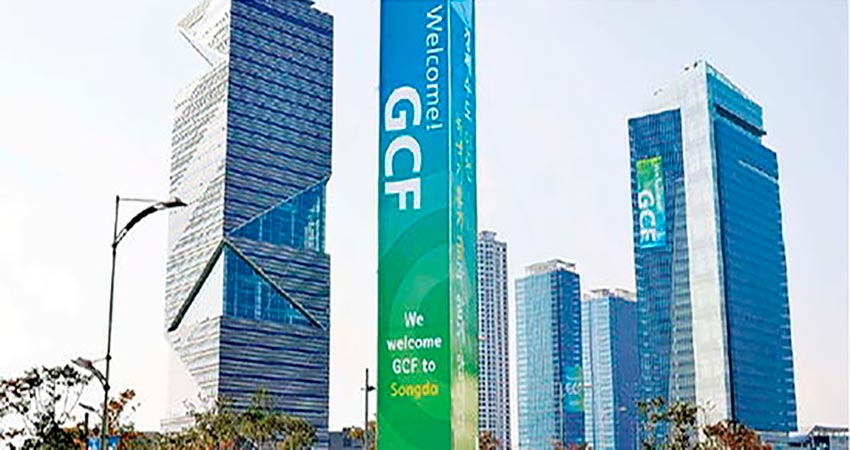The Green Climate Fund (GCF), was created to finance projects, programs, policies and other preventive activities or consequences of the effects of climate change, to support developing countries. Its official headquarters is in Incheon, South Korea. The GCF has been devised as the main long-term financial instrument under the United Nations Framework Convention on Climate Change, with a view to raising US $ 100 billion annually from 2020 and US $ 30 billion for the period 2010-2012 .
However, this figure is not official, since it has not yet been defined where this money would come from.
It has been argued that the most industrialized countries are the ones that contribute most of the funds, but they could also come from the private sector.
All those countries with lower incomes that cannot face their adaptation and mitigation needs in the fight against climate change will be able to resort to financing them through the Green Climate Fund, according to the conditions stipulated in the Paris Agreement document.
The GCF was established during COP15-2009 Copenhagen and formalized at COP-16 2010 Cancun.
The doubts about the provisions of the resources of the GCF forced the then Secretary General of the UN, Ban Ki-moon, to appoint a high-level advisory group to finance the fight against climate change.
In the following two years it was defined that the GCF would become an operational entity and the necessary rules were adopted to ensure that it was responsible to the COP and functions under its guidance.
During the creation of the GCF several situations surfaced regarding the form of how the money will be collected, what will be the role of the private sector, the level of ownership that each country will have over the resources and transparency in all the sections of the flow of funds.
“The Fund has promised to offer balanced support between adaptation and mitigation, although among developing countries there is some concern that the funding offered for adaptation is inadequate, particularly if the GCF depends on – financial appeceament from the private sector.”
The transparency of the management of funds is another problem that concerns not a few people or entities. “The former director of the GCF, Héla Cheikhrouhou, has complained that the Fund is backing too many investment proposals of the kind – the business of always – an opinion echoed by a number of civil society organizations.”
“Using the money in the right way to get real changes on the ground is one of the biggest challenges. Many scholars argue that, to do it effectively, all those affected should be involved in the process, rather than using a top-down approach. They point out that without the help of those affected, it is more difficult to achieve the objectives set. “







Leave A Comment